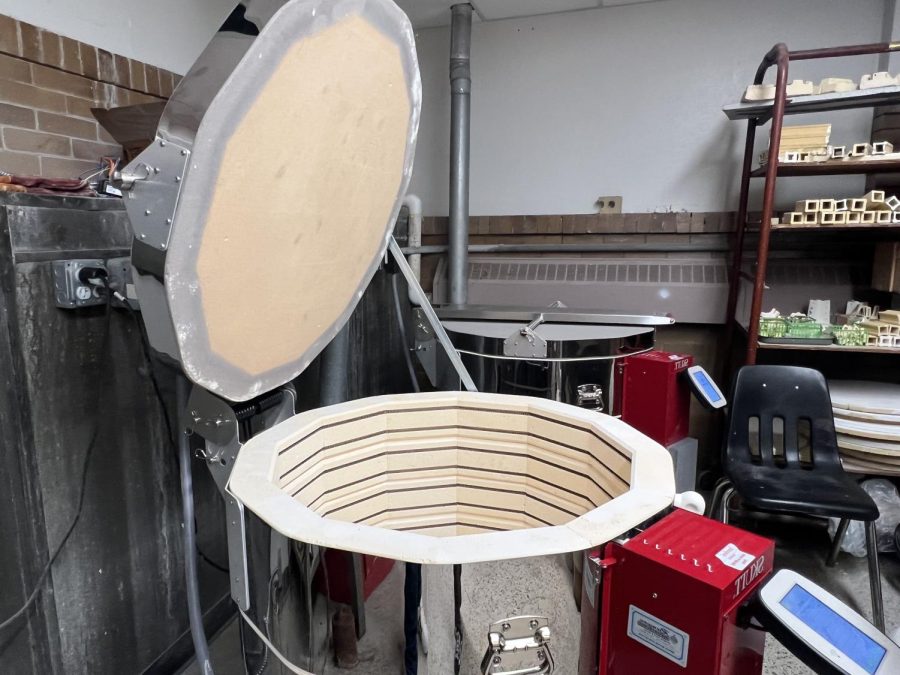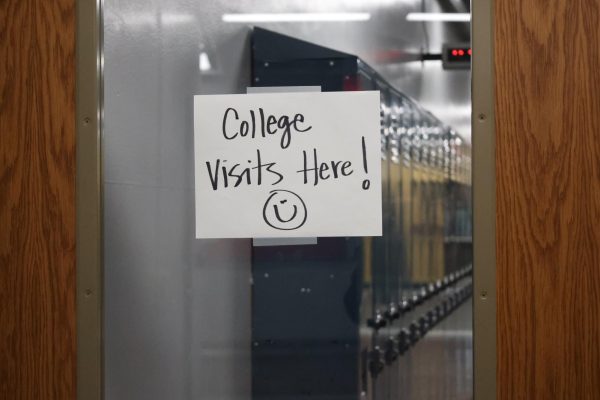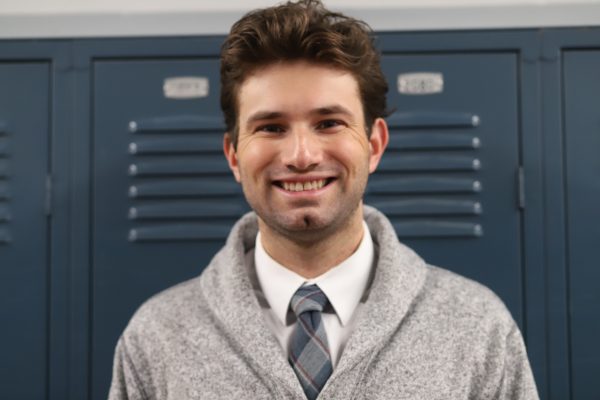New Kilns for CHS Ceramics
After a long fight, years of complaints and even threats to shut down the ceramics program at CHS, the art department has finally received two new “top-of-the-line” kilns.
According to Beth Portincasa, CHS ceramics and art teacher, the former kilns were over 30 years old. Due to their age, Portincasa’s ceramics classes could only use low-fire glazes, and could not fire their pieces at safe temperatures. Meanwhile, the airflow inside the kilns created a constant fear of fire hazards. Because of these dangers, Portincasa, as well as many other K-12 teachers in Ann Arbor, pushed for a change.
“It’s been a long process,” Portincasa said. “Most of us have been just getting by for a very long time. We had a specialist come out [who has] been testing all the kilns in the whole district. Every kiln needed to be repaired — there’s issues with all of them because they’re so old. Ours were not even repairable. So we are pretty lucky to get the[m].”
The shiny kilns are larger in diameter, allowing Portincasa’s class to fire bigger ceramic pieces. The newer technology also lets Portincasa monitor the kiln’s temperatures from home. Meanwhile, the new equipment features half-shelves, as opposed to full-shelves, allowing Portincasa to fire larger and smaller pieces at the same time.
“I can monitor to make sure everything is carrying out the right way,” Portincasa said. “That’s just a luxury. But more or less, this is going to fire the exact temperature [in] a shorter time. And so everybody’s pieces should come out wonderful.”
In 2017, the AAPS school board approved the purchase of new classroom furniture for the schools in the district. Classrooms in every department were given new chairs and tables — all except the art department. To Portincasa, the sentiment behind the decision raises a question: why are other departments better funded than the art department?
“We’ve always complained,” Portincasa said. “We’ve been complaining since they announced that everybody got the new furniture [and] since we realized we weren’t getting anything.”
However, these new kilns represent a step in the right direction, and Portincasa feels lucky to have reaped the benefits of her and her colleagues’ hard work.
“I feel like that’s experienced in most districts,” Portincasa said. “You always look at the arts that don’t get appreciated. Ann Arbor appreciates the arts. But I feel like we do need a group to really fight for the same cause. If you’re only one, usually nothing’s going to change.”













